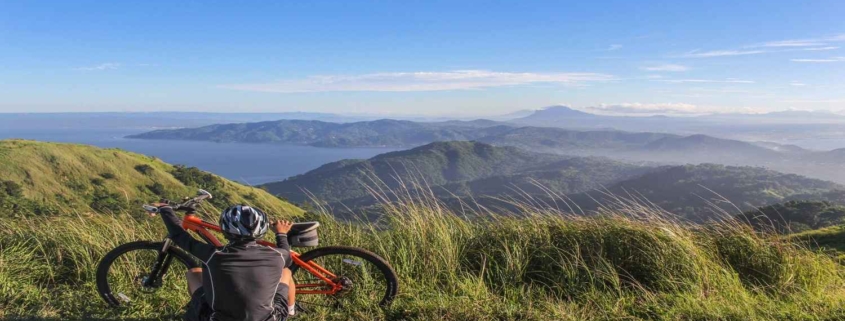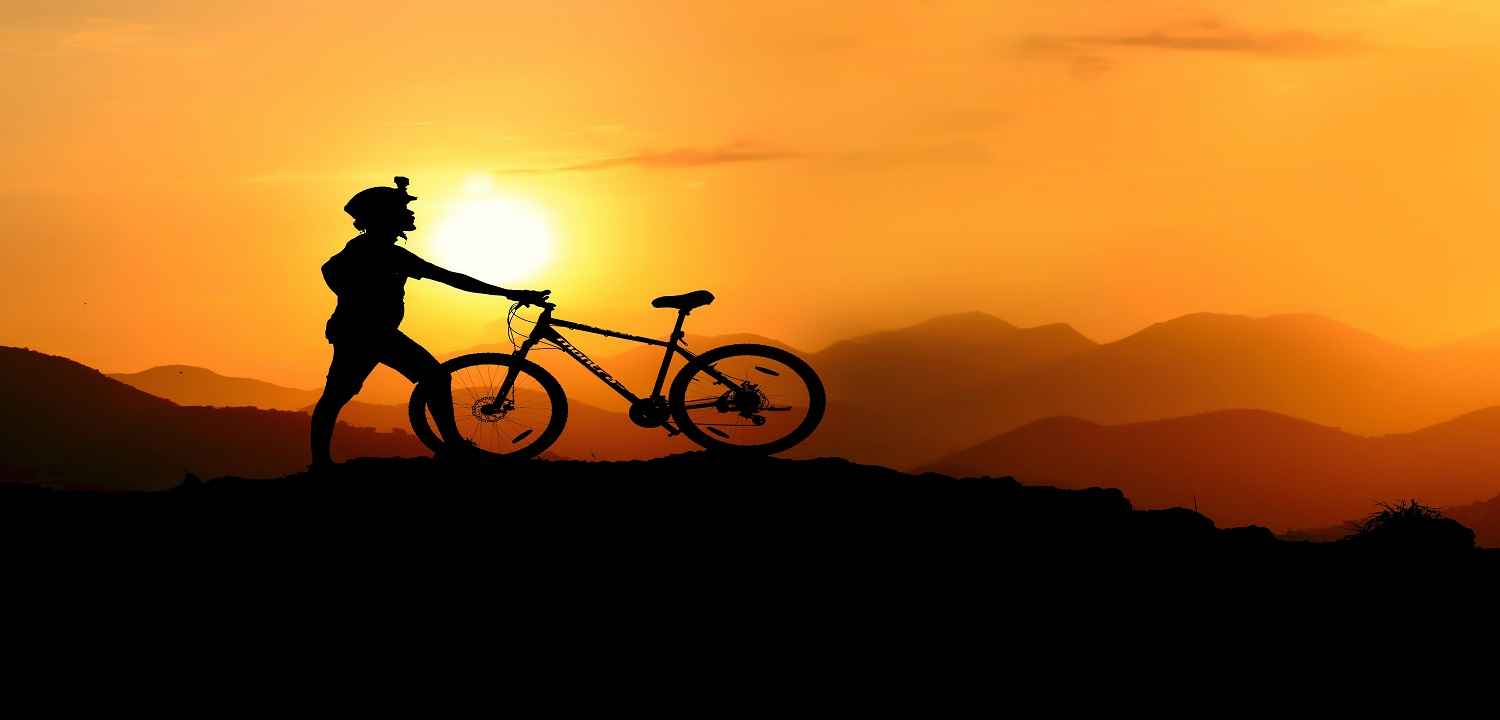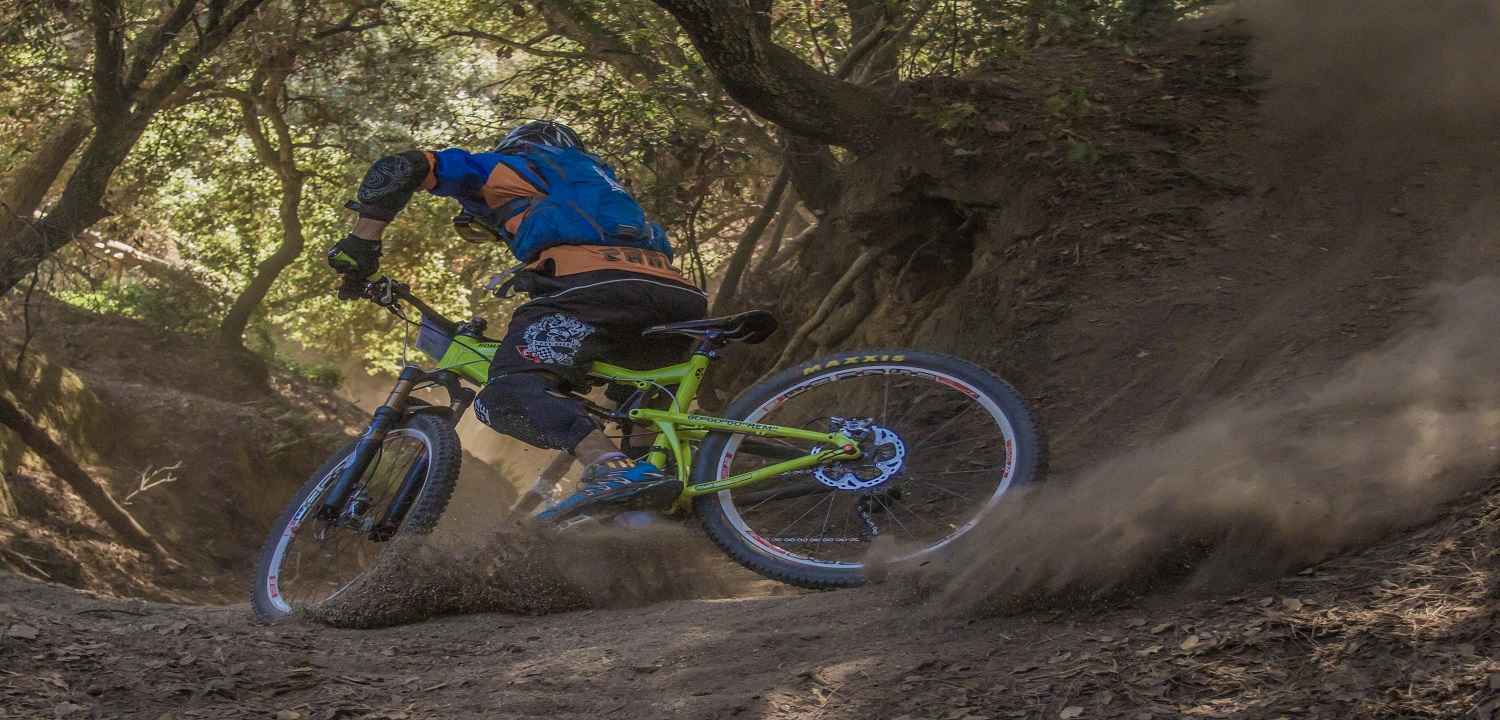You want to ride just like the wind. you would like to be fast. you would like to roll over rocks, increase hills, and smoothly descend near-vertical downhill sections. you would like the celebrity, money, and prestige that comes with being a professional cyclist. or even you only want to ride your local trails without crashing.
Well, regardless of what your ultimate goals are, you’ve got to start out with the fundamentals. Whether you all-terrain bike for fitness or simply to enjoy the outside, having good bike-handling skills and trail confidence will make it a way better experience. We’ll get you started with these tips; the remainder is up to you.
1. Maintain Your Bike
It is difficult to specialize in the trail once you are taking note of strange noises coming from your bike. Basic bike maintenance only takes a couple of minutes and it can prevent an extended walk, or worse, a visit to the ER. albeit you cannot fix your bike, checking it’ll offer you the prospect to require it into the shop before you hit the trail.
Should You Join a Running Group?
Go over the whole bike and appearance for love or money that’s wiped out, cracked, broken, or simply not working right. Remember that minor problems reception can become big problems on the trial. Also, make certain that the bike is about up to suit you. a motorcycle that’s too big or too small are going to be hard to regulate .
2. Ride With Better Riders Than Yourself
Not only will this assist you to push yourself a touch harder, but it’ll assist you to learn a number of the riding habits of individuals who are doing it longer. Watch how they position their bodies when rising or downhill.
These valuable skills can easily be picked up when riding with other riders. ask local bike shops to seek out group rides in your area.
3. specialize in Where you would like to travel
When you are on the trail, look where you would like to travel, especially on trails with many roots and rocks. If you check out the rock or tree that you simply try to avoid, you’ll probably hit it. Instead, specialize in the road that you simply want to require.
This is called target fixation. there’s a sophisticated explanation on why this works, but don’t be concerned about that—it just does. Always look ahead and find the road that you simply want, and you’ll ride smoother.
4. Relax
Whether you’re riding a rigid bike or a full suspension, the simplest suspension you’ve got is your arms and legs. Stand up, relax and permit them to soak up the bumps and ruts on the trail. Once you learn to let the bike move beneath you, you’ll be ready to float over most obstacles.
It also helps to relax your grip a touch on the handlebars. make certain to hold on firmly but not too tightly. A white-knuckle death grip will cause your forearms and hands to fatigue sooner then make it tougher to be on top of things.
5. Spin
Cadence, or the rotation of your cranks, maybe a vital aspect of cycling. Professional cyclists spend tons of your time developing an honest spin. If you pedal in squares, or with jerky downward strokes, you’re actually throwing yourself off balance and dealing harder. Spinning isn’t only more efficient, but it helps keep traction on loose trail conditions.
Good cadence incorporates pedaling in a circle and being within the right gear. If you’re geared too high, it’ll be difficult to power over things, and if you’re geared too low, you’ll spin and jerk the bike around. But if you modify gears to stay an equivalent pedaling RPMs, around 70 to 100, you will find that it’s much easier to climb and pedal through rough sections.
6. Learn the Wheelies
Wheelies and nose wheelies (having the rear wheel off the ground) are fun little tricks, and that they are quite useful on the trail.
You can pull a touch wheelie to urge your front wheel up and over an object, then shift to a nose wheelie so your back wheel doesn’t hit. albeit you cannot get either wheel off of the bottom, knowing the way to take your weight off them will make some sections of the trail smoother. These are easier to try to do with clipless pedals but less intimidating to find out with platform pedals.
Starting with one pedal up and one down, a basic wheelie may be a combination of pulling abreast of the handlebars, shifting your weight over the rear wheel, and pushing down on the up pedal. you’ll just roll in the hay for half a pedal rotation, or attempt to maintain the wheelie and keep pedaling. Either way, keep your hand able to pull the rear brake if you’re going too far back; grabbing it’ll get your front wheel down.
The nose wheelie may be a little different. you actually don’t need to try to do this if there’s something within the trail that’s getting to stop your front wheel, and you do not want to grab your front brake. Either one will toss you. In one motion, lean a touch forward, a barge on the bars, and pull up together with your feet. albeit you’re using platform pedals, you’ll hook your feet and still lift the rear of the bike up.
7. Stop
Hopping and balancing skills really pay off when riding technical trails. Having the power to return to a stop then start again without putting a foot down makes it easier to stay your momentum.
These are both done while standing still, though you’ll lunge with the bike while you’re hoping to travel up and over stuff (stairs, rocks, people, etc). Pure stationary balancing—also called a track stand—is avoided holding on to the brakes. to find out this, practice going as slow as possible and feathering your brakes to chop your speed. it’s easiest to find out this on a small uphill slant. Soon you will be ready to balance without going anywhere by shifting your weight and moving the bike beneath you.
Hopping is kind of an equivalent concept but through with both brakes locked while you choose up both wheels to stay the bike underneath you. together with your body centered between the 2 wheels, compress your body, then down to boost your body up then pull up together with your arms and legs. It takes practice, but it’ll soon become easy and useful.
The little tricks could seem silly, but they are doing help develop overall bike-handling skills.
8. Take a Brake
Actually, take two breaks. Better braking will leave better bike control. Many new riders think they only have two brake settings, locked and not in use. You’ve actually got less control with the brakes locked, very similar to a car.
Learn how to use both brakes effectively. Most of your braking power comes from the front brake. But take care to not use it an excessive amount if you’re going downhill or cornering. You’ll either get tossed over the bars, or your front wheel will slide out. it’s all about moderation and modulation.
When cornering, practice braking before the turn, instead of within the middle of it. you will soon be ready to carry more speed through the turns. When descending, learn to feather the brakes in order that they do not lock up. If they are doing lock up, ease up a touch. You’ll not only have more control, but you’ll save the trail from excessive erosion.
9. Go Yonder
Once you’ve mastered your local trails, venture forth into the planet and explore new ones. New trails and challenges will make it more exciting to be riding, and they’ll help sharpen your skills. this is often the key to becoming a well-rounded rider.
10. Ride Everywhere
The longer that you simply spend on your bike, the higher you’ll get. Ride to the mailbox, to the shop, to the cafe. this may help to strengthen your riding skills as you ride up and down curbs, dodge potholes, and outpace angry chihuahuas. Once you’ll easily ride down two or three stairs, you’ll approach trail obstacles with a touch more confidence.
You can examine cycling the maximum amount as you would like, but nothing replaces saddle time. So thereupon in mind, put this down, fix and obtain out and ride. I’ll see you on the trail.
See more mountain bike tips or find mountain bike rides near you.








Leave a Reply
Want to join the discussion?Feel free to contribute!